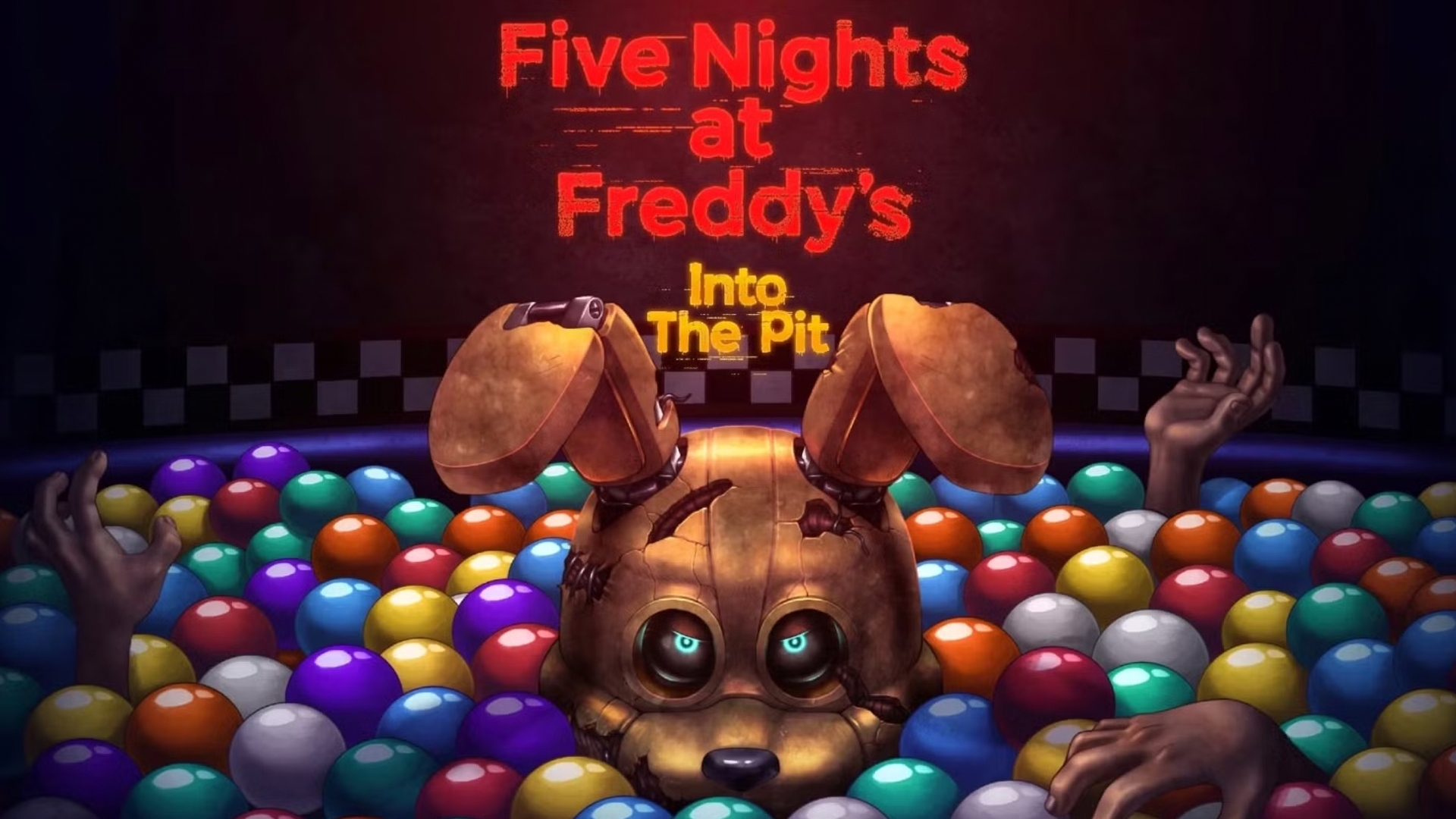
Five Nights at Freddy’s (FNaF), created by Scott Cawthon and released in 2014, is a seminal indie horror franchise that reshaped modern jump-scare-driven games and spawned novels, merch, fan games, and a film adaptation. At its core, FNaF blends minimalist gameplay, tense atmosphere, and a dense, fragmented lore to keep players both frightened and obsessively curious.

The basic setup places the player in a security guard’s role at Freddy Fazbear’s Pizza, a retro-themed family restaurant populated by animatronic performers. The player must survive nightly shifts (typically five nights) by managing limited resources—doors, lights, and cameras—while monitoring animatronics that roam the building.
Gameplay is deliberate and claustrophobic: a few static control mechanics create immense tension through audio cues, screen flickers, and the dread of facing the unknown. Later entries expand mechanics (ventilation systems, multiple locations, stealth segments), but the series retains its focus on resource management and timing.
FNaF’s scares rely heavily on anticipation and suggestion. Sparse visuals, muffled recordings, and unreliable surveillance create a psychological horror loop: players imagine threats between camera pans and assume danger with every creak.
The animatronics themselves—human-like but grotesquely mechanical—tap into the uncanny valley and childhood nostalgia turned menacing. This juxtaposition of a kid-friendly setting with violent subtext intensifies discomfort.
What sets FNaF apart is its complex, often obscure lore. Cawthon embedded hidden minigames, cryptic text, and cryptograms across titles, hinting at child disappearances, a murderous technician, and supernatural possession.
The community’s role is central: fans decode clues, produce timelines, and theorize about characters (Purple Guy, William Afton, the missing children). This participatory unraveling kept interest alive between sparse official releases and transformed the fandom into a collaborative detective force.
FNaF became a cultural touchstone quickly. Its YouTube-friendly jump scares led to viral reaction videos, accelerating mainstream awareness. Content creators played a crucial role in marketing the franchise organically.
The series expanded into novels that both complement and complicate game lore, graphic novels, and a Hollywood adaptation. Merchandising—plush toys, clothing, collectibles—capitalized on the franchise’s distinctive characters.
Repetitiveness: Critics argue early titles could feel formulaic; surviving five nights can rely on pattern recognition rather than evolving gameplay.
Accessibility and age-appropriateness: The mixing of childlike aesthetics with gruesome implications raised concerns about younger audiences encountering.
| Categories: | Items for Sale / Games |
| Phone: | 0985512112 |
| Address: | 1122 |
| Email: | fnafgameus@gmail.com |